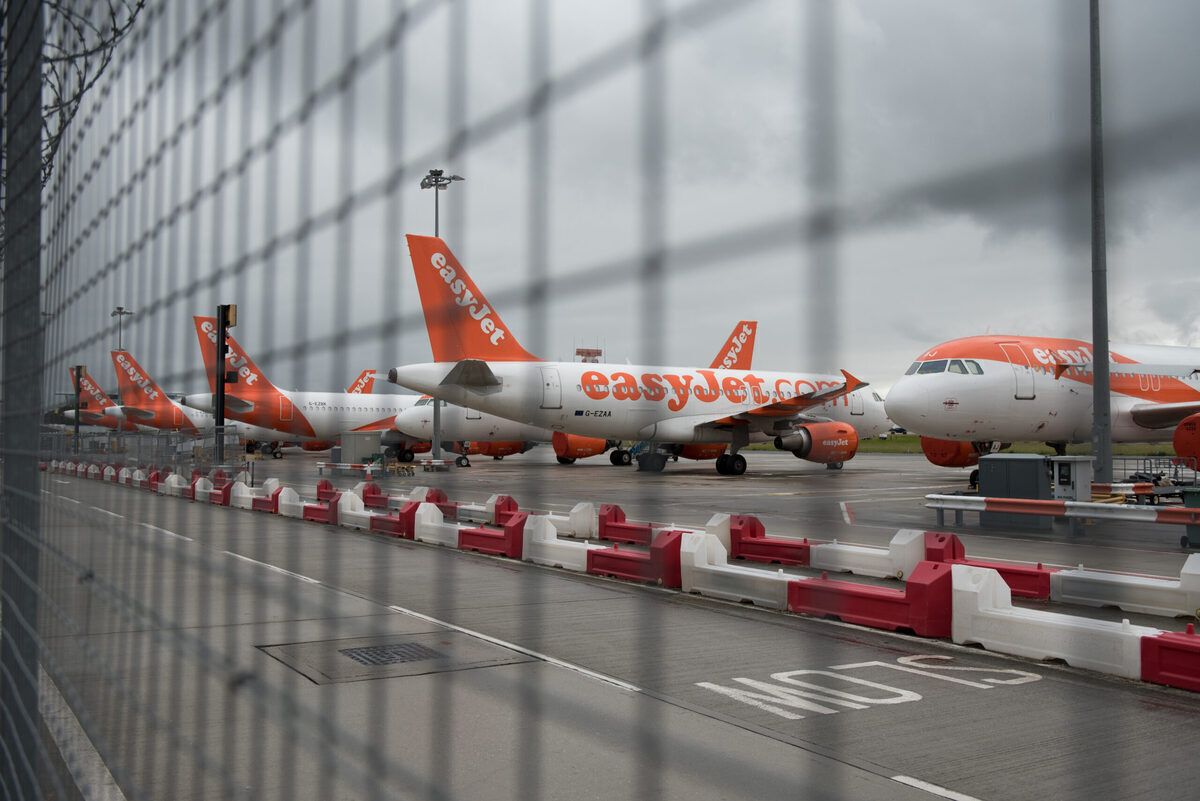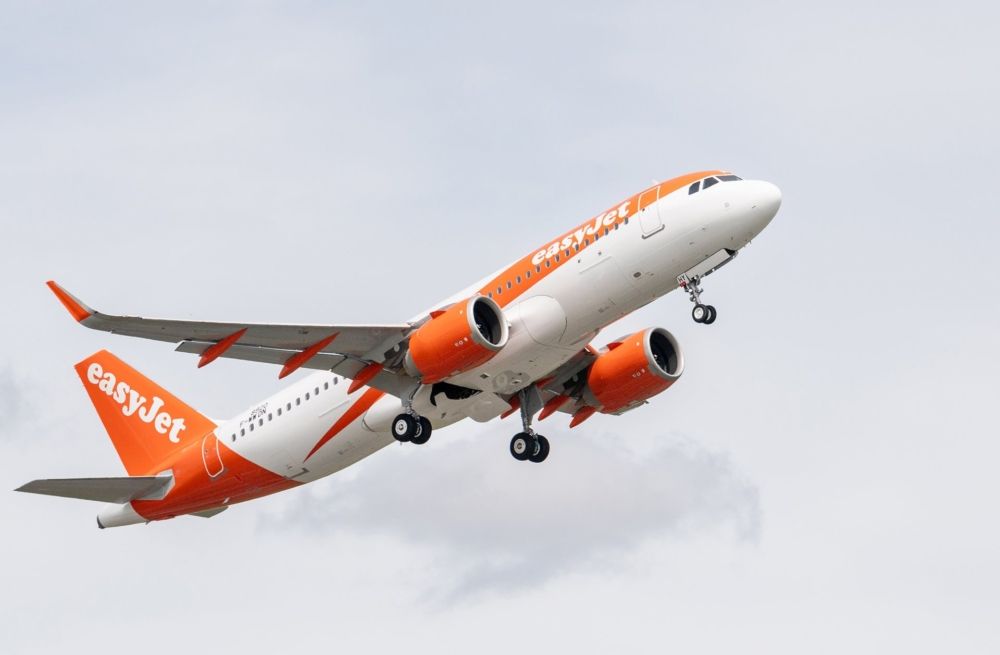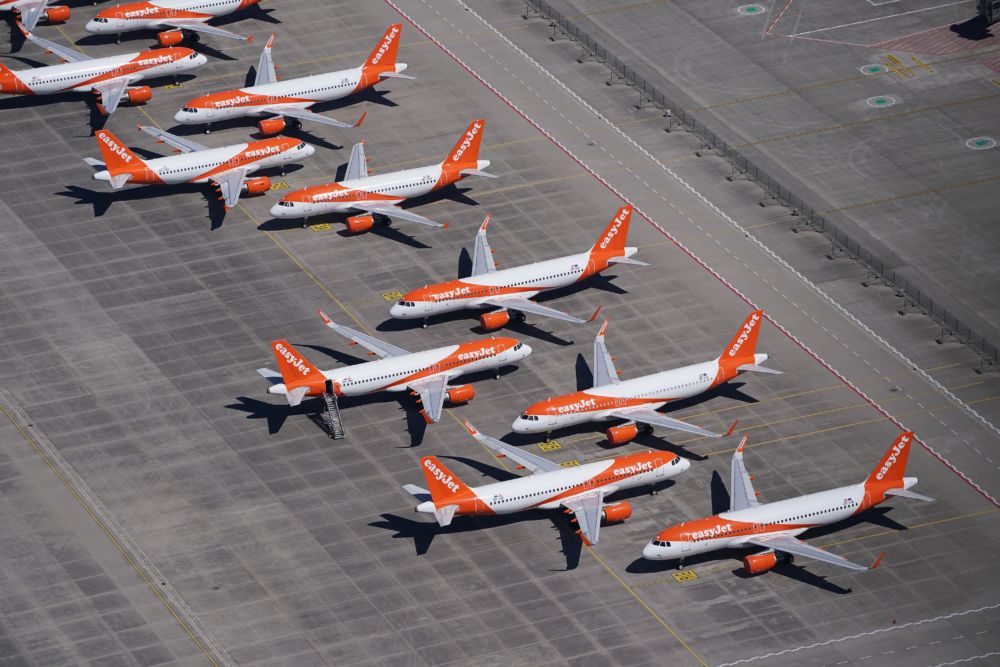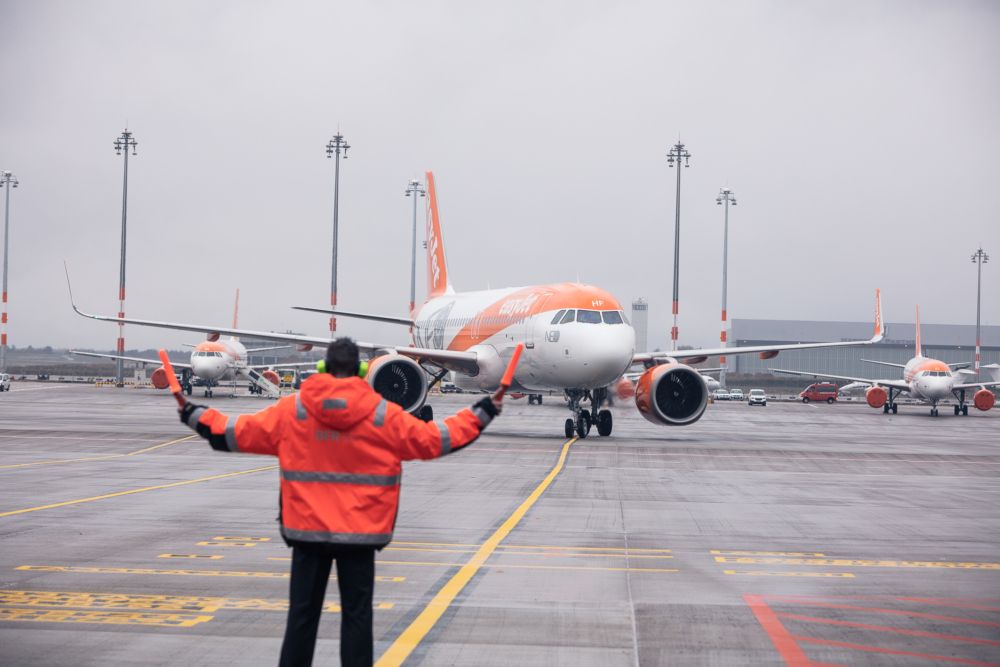easyJet took the decision to ground its 300+ aircraft early on in the COVID pandemic. The grounding lasted around 11 weeks, but the airline’s CEO believes it was the right decision. Speaking to Simple Flying, Johan Lundgren said it was the hardest decision for him to make, but believes the airline is recovering faster as a result of its firm, profit-making strategy.
A tough call
When COVID struck, different airlines took different pathways to survive the crisis. Many stripped back their flying schedules, some grounded entire fleets, and some even chose to ramp up their flying to fill perceived gaps in the networks. easyJet fell into the grounded camp, with all its jets spending 11 weeks parked up.
Speaking to Simple Flying, CEO of easyJet Johan Lundgren described the grounding as the hardest choice to make, saying,
“It was close to 11 weeks that the fleet was grounded and without the shadow of a doubt, this was the toughest decision we’ve taken, it’s almost surreal to think about it. I remember telling my board in the early part of the year that I think we’re in for a record year, an all-time high year in the company’s history. And then we went into this situation.”
2020 was set to be a bumper year for easyJet. The airline had a huge fleet of over 300 aircraft flying, the largest it had ever operated. It had enjoyed profitable year after profitable year, and was on track to break the one billion passenger milestone, thanks to exceptional load factors of over 90%.
As much as grounding the entire fleet was a difficult pill to swallow, Lungren believes that it was the right decision. He said,
“It’s symptomatic of so many things throughout this pandemic that there's been so much sitting outside our control that we have been forced to adapt ourselves. The grounding of the fleet is an example of doing that.”
Putting 300 planes to sleep
The decision to ground the fleet was only the first step in this tricky process. Taking 300 aircraft out of operation and getting them safely parked up is a huge undertaking, as Lungren described,
“It’s a tremendous logistical operation, one that I don't think a lot of people consider and reflect upon, to get a hold of the schedule and then, in a safe way, basically shut down the operation in the way that we did.”
Aircraft require plenty of attention before they can be put to sleep. In a usual grounding event, they will be stored in a hangar, but with so many to park, this was not an option for easyJet. Planes were parked up at easyJet hubs around Europe, but in a way that meant they could be reactivated relatively quickly. Lundgren said,
“We took the decision quite early on in the pandemic because we said that we don't know how long this is going to go on … But then to also be able to ramp up in a safe way as quickly as we can and to be nimble and flexible. That's what we're seeing the result of this summer.”
If an aircraft was going into long-term storage, there would be multiple tasks to undertake, from removing its oils to covering spots birds might find attractive for nesting. For easyJet, it was important to have the flexibility to bring the planes back into service when needed.
This flexible parking is known as ‘active parking,’ a cheaper, short-term solution. Aircraft left in this state need to have maintenance at regular intervals to maintain their airworthiness, ranging from quick walkarounds to running the engines for short periods. According to BALPA, aircraft expected to be stored for more than a couple of weeks will need to have engine covers fitted and blanks installed in the pitot tubes, static vents and temperature sensors.
Stay informed: Sign up for our daily and weekly aviation news digests.
What’s summer 21 looking like?
For this summer season, easyJet has been pulling out all the stops to fly where it can. Unlike some of its low-cost competitors, the airline is laser-focused on flying only where it is profitable, avoiding laying on capacity that it can’t be 100% sure it will fill. Lungren explained,
“We have been ramping up and have introduced a huge number of routes and flights and capacity from Q3. So, the guidance we have given now is in our Q4, which is July August September, we're looking to be up to 60% of 2019 flying. And this is all based on one core principle, and that is that every line of flight that we're adding on should generate a positive contribution to our flying.”
The results of this tentative, thought-out strategy are already starting to show. As Lungren noted, easyJet is now successfully narrowing its losses as a result of this targeted flying.
“It was interesting now in the last week or so, ourselves and our low cost competitors have all come out with their results for the quarter, and we were the only one of those airlines where the losses were actually reduced. The operating losses out of the two other ones were increasing, and that's just another testament to the fact that we got to this right. We know our principle is working.”




